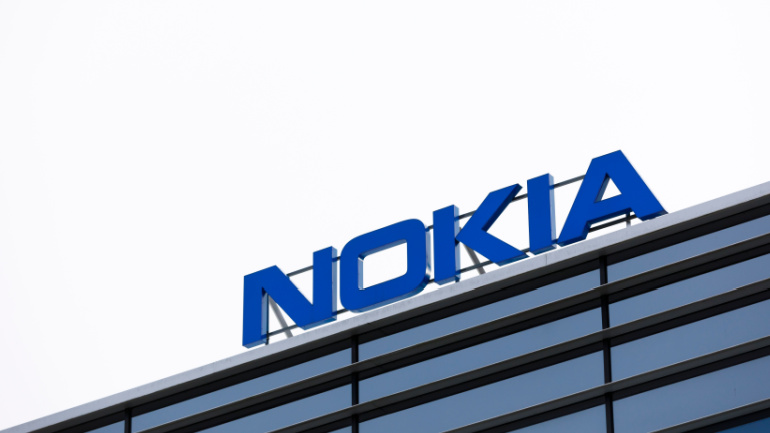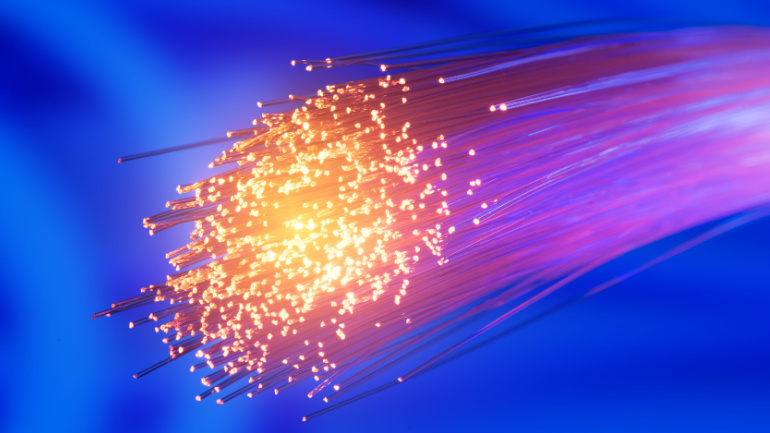Amid challenging market conditions, Nokia emphasizes preserving patent portfolio value over timelines. Despite an optimistic outlook, their declining Q3 net sales and plans to curtail costs speak volumes. Nokia’s pivotal contracts loss to Ericsson hits hard, showcasing the constant flux in the telcos sphere.
Nokia, in collaboration with the HellasQCI consortium, has achieved a significant milestone in the realm of quantum-safe connectivity infrastructure. The joint initiative aimed to assess the viability of quantum-safe solutions across diverse sectors, including government, research, education, defense, law enforcement, and private sector critical infrastructure owners.
Nokia’s augmentation of its Drones-as-a-Service venture promises new opportunities in North America by providing industries with various business solutions using drone technology. Options range from purchasing to leasing or sharing drones, creating opportunities for revenue streams in a broad spectrum of industries. These robust drones, deployed via 4G/LTE or 5G connections, can perform diverse tasks like remote surveillance and hazardous area inspections.
Launched in September, Nokia’s Network as a Code aims to help operators optimize their 5G resources. By granting developers extensive network access, this platform unlocks opportunities for new application creation. With the advantage of 5G’s inherent software-based architecture, such innovative companies like BT Group are exploring unsuspected capabilities for enhanced network quality.
In a major technological breakthrough, Nokia and Orange have announced the successful completion of an unprecedented 800Gbps per wavelength transmission over Orange’s acclaimed 6,600km Dunant transatlantic route. This milestone was achieved using Nokia’s PSE-6s super coherent optics integrated into the Nokia 1830 Photonic Services Interconnect – Modular (PSI-M). The groundbreaking trial, conducted under real-world network conditions, underscores Orange’s capability to enhance its existing optical network capacity, facilitating the support of end-to-end 400GE and cutting-edge 800GE services.
Nokia, the renowned network equipment manufacturer, recently joined the Ultra Ethernet Consortium (UEC). Anchored by the Linux Foundation, the UEC fortifies Ethernet technologies to satisfy the escalating requirements of AI and high-performance computing. With members such as AMD, Cisco, and Microsoft, the consortium seeks to equip Ethernet with more advanced networking functions, while maintaining its simplicity and affordability.
In a strategic move to meet the escalating demands of the 5G era and burgeoning broadband connectivity in India, Nokia has joined forces with Bharti Airtel for a significant overhaul of the optical network infrastructure. The project aims to deliver ‘massive capacity,’ enhanced reliability, and cost efficiency for enterprises, operators, and hyperscalers in the region.
Japanese telecommunications giant NTT Docomo is set to revolutionize its commercial network with the adoption of Nokia’s Open RAN compliant 5G AirScale baseband kit. The comprehensive deployment includes both Centralized Unit (CU) and Distributed Unit (DU) software, emphasizing Nokia’s industry leadership in the mobile communication sector.
In a bid to level up its national network capabilities, Swisscom has partnered with Nokia to breathe life into its Next Evolution Wavelength Transport Optical Network (NEWTON). This cutting-edge network is designed to deliver high performance, cost efficiency, and an elevated customer experience. Amid the increased demand for robust support from remote workforces to cloud computing, Swisscom turned to Nokia’s comprehensive range of optical networking solutions, a move that saw a significant upgrade which included the launch of 22 backbone sites and 560 metro sites.
Nokia’s 25G PON solutions are boosting Google Fiber’s bold venture into establishing a 20-Gbps service, though the full potential of such capacity remains untapped. However, Google Fiber, focusing on the future, views this as a crucial step towards achieving 100-Gbps services and beyond. Yet, does the necessity of such impressive speeds linger in doubt, or are these advancements setting a thrilling precedent in the field of telecommunications?













